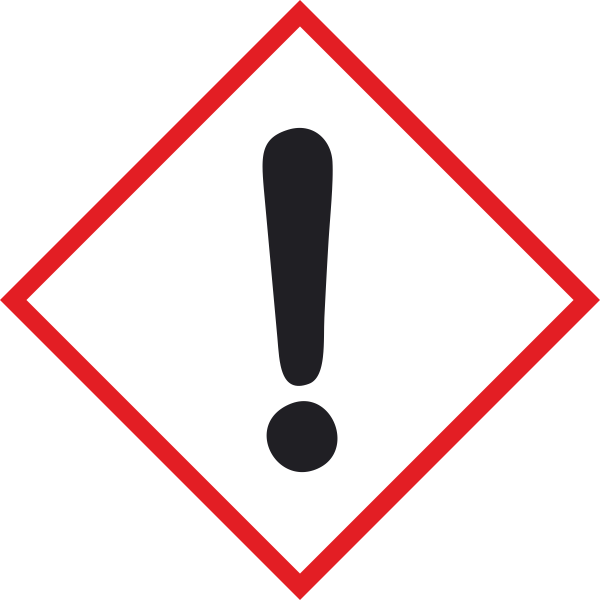Tyramine 98.0%(GC)
98.0%(GC)
Synonym: 4-Hydroxyphenethylamine
Linear Formula:
C8H11NO
Molecular Weight: 137.18g/mol
CAS Number: 51-67-2
Properties
| Vapour pressure | 0.0±0.6 mmHg at 25℃ |
| Water Solubility | Slightly soluble |
| Assay Purity | >98%(GC) |
| Refractive index | 1.6 |
| B pt. | 207 ℃ |
| M pt. | 162℃ |
| Density | 1.103g/cm3 |
Safety Information
| Hazard Statement(s) | H315-H319 |
| Precautionary Statement | P264-P280-P302 + P352-P337 + P313-P305 + P351 + P338 -P362 + P364-P332 + P313 |
| Symbol |

|
| Signal word | Warning |
| HS Code | 2922299090 |
| Flash point | 165℃ |
| Storage Temp. | Store under inert gas |
| Storage Class | 3 |
| Packaging | Glass Bottle |
| UN Number | 2924 |
Description
Application
Tyramine is extensively used in the preparation of a variety of hydrogels for biomedical applications. It is used as a key precursor in the total synthesis of ()-mesembrine and ()-galanthamine. It can also be used in the preparation of tyramine-functionalized graphene quantum dots (GQDs) as fluorescence reporters for optical sensing of metabolites.
Purpose
For R&D use onlynot for drug household or other uses.
General Description
Tyramine also known by several other names is a naturally occurring monoamine and trace amine derived from the amino acid tyrosine. Tyramine acts as a catecholamine releasing agent. Notably it is unable to cross the blood-brain barrier resulting in only non-psychoactive peripheral sympathomimetic effects. A hypertensive crisis can result however from ingestion of tyramine-rich foods in conjunction with monoamine oxidase inhibitors (MAOIs).
Documents
| SDS |
| COA |
| Specification |
| Bulk quote order form |
